In Praise of Bate-Bola, Rio’s Seductive, Scary Alternative Carnival
Garish costumes, masked clowns, and favela funk.
In the sprawling, landlocked northern and western reaches of greater Rio de Janeiro, far from the beaches, the Sambadrome, and the crowds of tourists that descend on the city just before Lent, there is a parallel Carnival universe.
Here there are no bikini-clad dancers atop fantastical floats. In their place are clowns from a tropical fever dream.
In the stifling heat of the southern summer, crowds jostle along busy streets and public squares in working-class neighborhoods such as Guadalupe, Oswaldo Cruz, and Madureira. There’s a tangible buzz in the air, heightened by the static crackling from enormous sound systems and the giddy chatter of onlookers sipping ice-cold beers bought from street vendors lugging giant coolers.
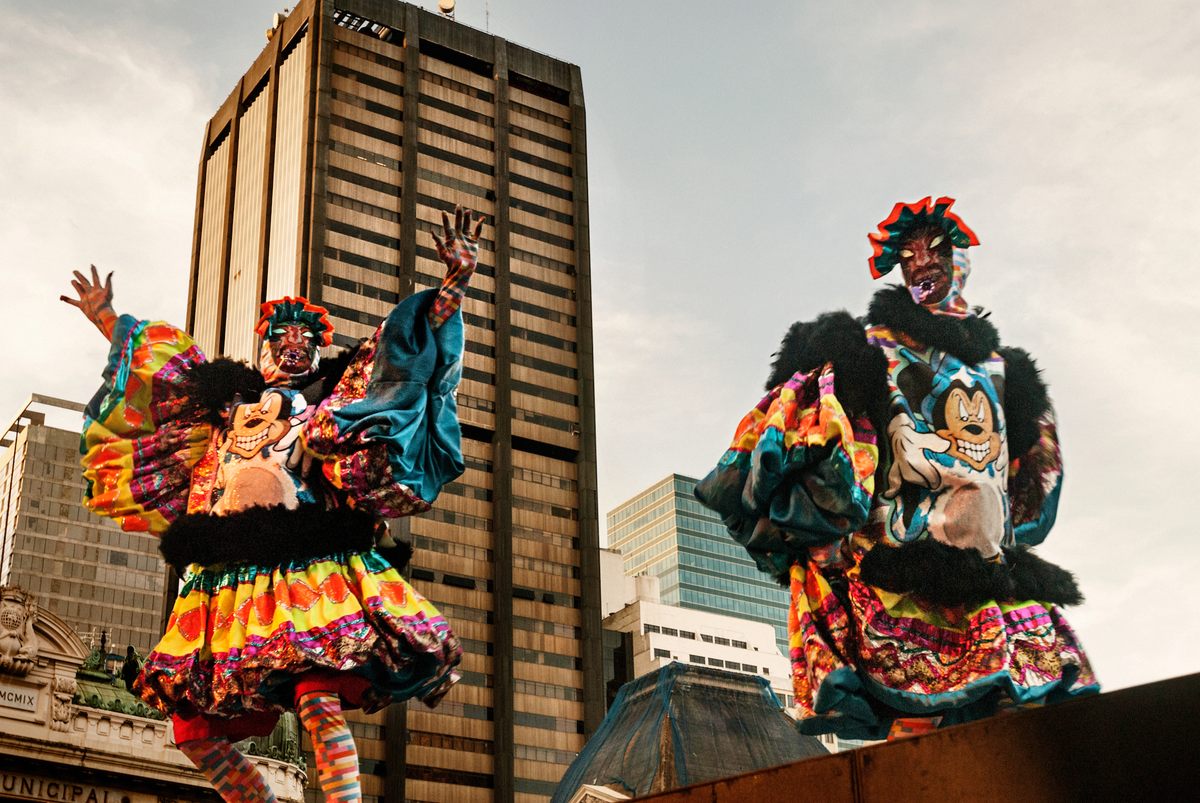
Then there’s an explosion of sound and color. The speakers come to life with the bombastic sound of funk carioca and a precariously rigged arsenal of fireworks screeches into the air with showers of sparks and plumes of brightly colored smoke.
Metal warehouse doors fling open and everyone dashes to the safety of the sidewalk. The street is quickly taken over by a surge of shouting, swirling clowns, garishly dressed head to toe and topped with eerie masks and plume-like wigs. Delight and terror ensue as they crash down the street, brandishing flags and thrashing balls mounted on sticks against the ground. A few stumble and fall in the confusion. This is the saida, or “exit,” of the groups of bate-bola (“ball-hitters”), Brazil’s secret, seductive, alternative Carnival.
The spectacle of the bate-bola is a dazzling fusion of art, music, and raw energy that puts even Rio’s famously flamboyant samba school parades to shame. Involving thousands, the bate-bola parades are largely ignored by the Brazilian media, and treated with suspicion by Rio’s middle and upper classes. The rainhas da samba (“samba queens”) gyrating a few miles away are replaced by outlandishly beautiful monsters—kings of a Carnival that puts exuberance and violence on equal footing.

Also known as clovis (thought to be a mutation of the English “clown”) the bate-bola began to emerge as a part of Rio’s Carnival festivities around the beginning of the 20th century, with the influence of Portuguese settlers. Nearly a century later, in 2012, Rio’s City Hall declared the bate-bola part of the city’s official cultural heritage, and though the final acts of the festival take place in the city itself, the tradition remains largely isolated from wider society.
The practice has its roots in the eerily beautiful caretos tradition of northern Portugal, in which groups of men dressed in devilish masks and colorful hooded jumpsuits maraud through the cobbled streets of rural towns such as Lazarim and Podence. In these otherwise quiet locales, the custom dates back to pre-Celtic times, and sees the masked “monsters” shaking rattles in the direction of young, single girls—a sinister spin on seduction. In Rio the tradition has evolved over the decades to become a flashy, tropical version. The rattle was replaced by an inflated animal bladder and, today, a heavy-duty rubber ball or balloon. The costumes have become cartoonish, lurid, yet delicately detailed exaggerations of grand ball gowns, and the music is thumping electronic funk rather than traditional Portuguese folk.

The bate-bola are ubiquitous in suburban Rio during Carnival. Although there are no official statistics, there are thought to be up to 400 turmas, or bate-bola groups, spread out throughout metropolitan area.
Each turma spends the better part of the year—and a huge amount of money—on creating what they hope will be the most terrifyingly beautiful costumes, known as fantasias, of that year’s Carnival. Each group’s aim is to be acknowledged by their communities as the best in the region—slaying the competition with creative themes, killer sound systems, dramatic saidas, and outrageous outfits (usually designed around a theme drawn from the world of sport, politics, or popular culture, such as a big-budget movie, the World Cup, or Disney).
To keep the chaos to a minimum, each group is a allotted day and time during Carnival to make their saida. Smaller groups of 10 to 20 bate-bolistas hurtle down the streets during the early afternoons, while larger, more established groups crash out after dark, when the festivities are at their most frenzied.

As the big moment approaches, the participants pull on delicate gloves, patterned knee-socks, and garish wigs, and spray themselves in sickly-sweet fruit scents—which are bought by the liter and are as overpowering as the costumes themselves. Finally, they pull down their masks and dive in.
Post-saida, the clowns ride on the back of motorbikes, pack into buses, and sweep down the streets in groups to show off their costumes and stake their claim to being “o mais bonito,” “the most beautiful.”
Jefferson Cardoso has been part of a turma from the municipality of Queimados, in northern Rio, for over 10 years. “There are hundreds of groups, generally formed from groups of friends or childhood schoolmates,” he says. “The whole year is spent planning the details of the theme, the costume, and the saida, which is prescheduled for a specific day and time within the four days of carnival.

“There is a lot behind the costume,” he says. “Today much of it is about fame and status. There is a huge amount of competition, people spend huge amounts on their fantasias, on finding the most expensive sports shoes to wear with them. During carnival, the bate-bolas are celebrities.”
The fantasias and accessories have come to stand in for affluence and influence, and the cost of a single outfit can run around three times the monthly Brazilian minimum wage. “I love Carnival, but I’m not taking part in the saida this year,” Cardoso says. “The cost of the fantasias is really high and I am paying for improvements to my house.”
Like the city of Rio de Janeiro itself, bate-bola is visually spectacular and steeped in tradition, but with a certain reputation among outsiders. The alternative parades only seem to draw media attention when the posturing overflows into sometimes violent clashes between rival groups.

Neirin Jones, a British cinematographer based in Rio captured the energy of the scene for an award-winning 2018 short film, This Is Bate Bola, codirected by Ben Holman. “When I was introduced to bate-bola, I couldn’t believe mainstream middle-class Brazil knew next to nothing about it,” Jones says. “If someone had heard about it, they associated it with violence. Media reports were extremely difficult to find. It was something that was only reported on when there was a violent act to make it ‘newsworthy.’”
In response, today some groups hold aloft colorful sombrinhas, or sun umbrellas, instead of flags and mounted balloons. It’s a visual nod toward their peaceful nature, and a way of distancing themselves from suggestions of violence. But whatever conflicts do take place, they’re less a reflection of on bate-bola culture than representations of existing tensions between communities.
“Unfortunately there are some groups that wear the masks and the costume just to cause fights and violent scenes with other groups,” Cardoso says. “Usually this happens in areas that are occupied by rival drug factions. This is a tiny minority though, for the most part it is all Carnival fun and games.”
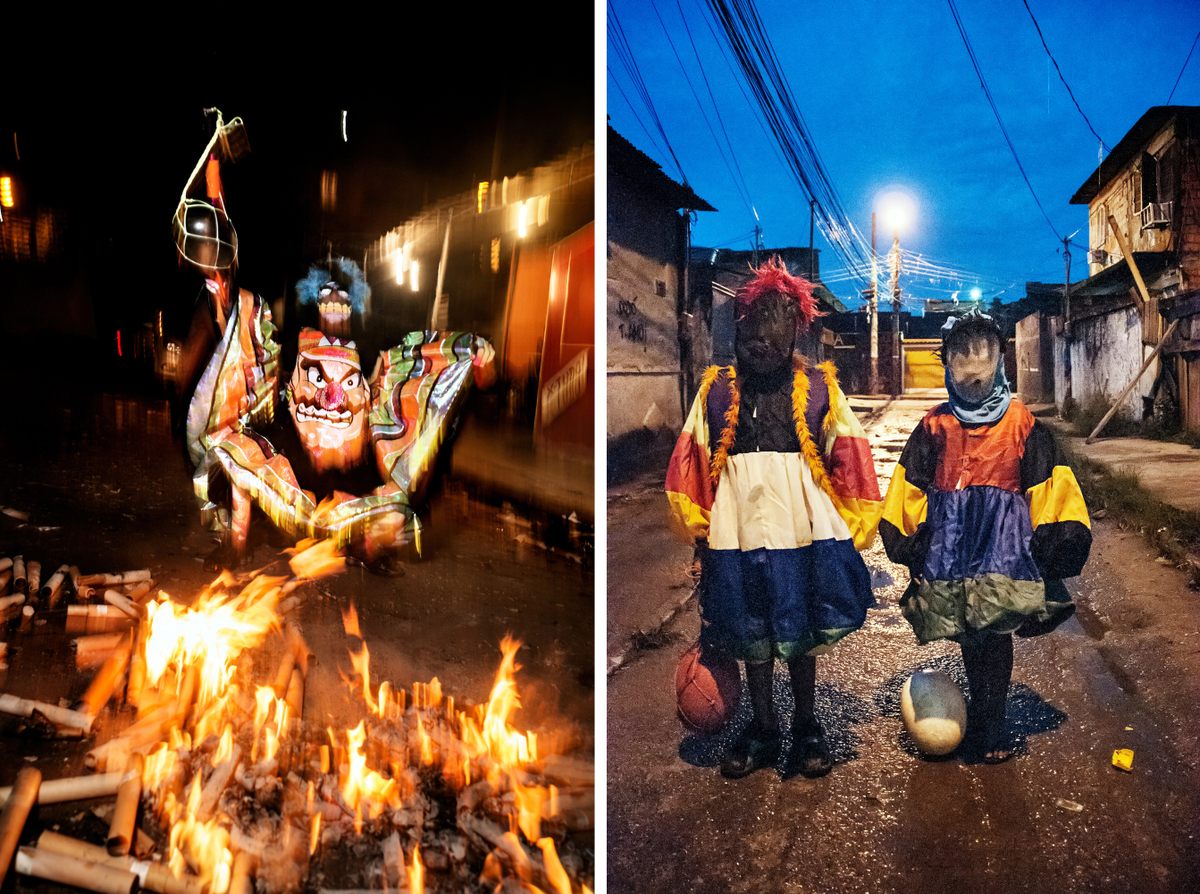
But he admits that the overall impression of the event can be frightening to those who can’t tell one group from another: “There are groups of peace and groups of war. If you don’t know the groups well, you won’t be able to tell one from the other. Generally the groups with umbrellas are more peaceful, but not all the groups with the ball are violent.”
Jones and Holman, in the course of making their film, immersed themselves in the bate-bola culture and found its collaborative side. “We spent time with the bate-bola turmas and very quickly learned it was about celebration, brotherhood, camaraderie, tradition, history, and love,” Jones says. “It was a family thing, it was something people dedicated their lives to. Like football, violence and aggressive minorities were inevitable because of the environment that surrounds the origins of the culture, but bate-bola itself and the groups we met very much aspired to a peaceful bate-bola saida, and rejected any gang or violent influence on their groups.”

The otherworldly beauty and energy of the groups also caught the eye of French photographer Vincent Rosenblatt, who has experience documenting the city’s funk carioca music scene. In 2007 a DJ introduced him to bate-bola, and he’s spent years photographing groups from across the suburbs, such as Mangueira, Oswaldo Cruz, and Realengo. (The photographs in this story are his.) “The world of bate-bola is fascinating and ambiguous,” he says. “Here we have men in pink dresses, they wear perfume that has the scent of fruit, it’s almost unbearably sweet. They aim to seduce and also to scare people. It’s ambiguous, beautiful, but at the same time frightening.”
Rosenblatt grew fascinated with how the music scene and bate-bola culture influence and grow off of each other, under the radar of mainstream Brazilian culture. “They both represent something that is a little bit out of control, something that is between seduction and violence. But both are ways for marginalized youth to express themselves artistically.”
At the helm of each bate-bola group is a cabeça (literally, “head”) who assumes the role of creative director, funds manager, and peacekeeper. “Sometimes the groups taunt each other, it is incredibly competitive,” Rosenblatt says. “It is part of the role of the cabeça to make sure nothing violent happens.”

The tradition remains vibrant and is always changing. “The bate-bola groups multiply like cells,” Rosenblatt says. Members of groups that have been around for decades might decide they have learned enough from the cabeça to start their own group. A big turma might spawn dozens of smaller ones, each with its own costumes, theme, and approach to artistic chaos. “They are rooted in the tradition,” he adds, “but because they are very competitive, the groups are always adding new twists to their costumes and their techniques.”
Like Rio de Janeiro itself, the bate-bolistas are ever primping, preening, and preparing to shine—not in the spotlight, but in the shadows cast by the greatest Pre-Lenten party on the planet. After that, ball-hitters and samba queens alike will return to their regular lives. Another saida is just a year away.




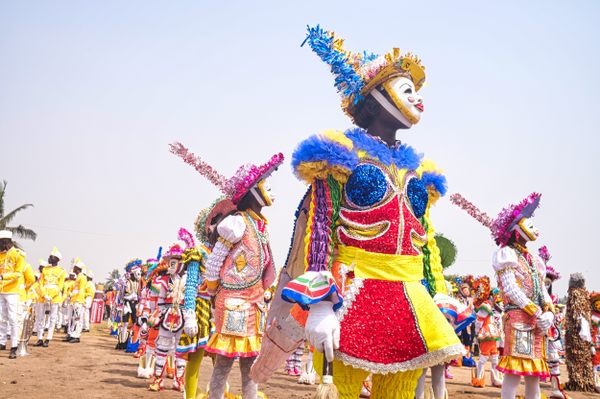
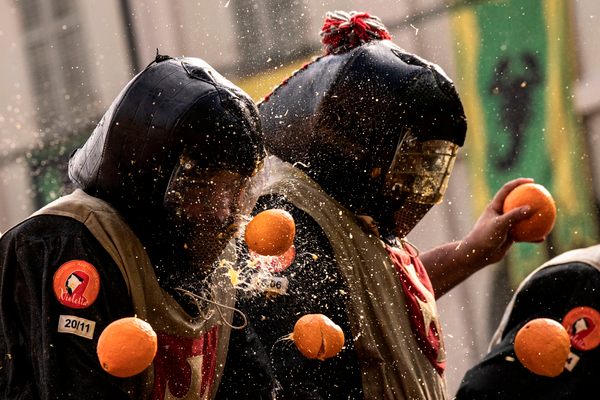


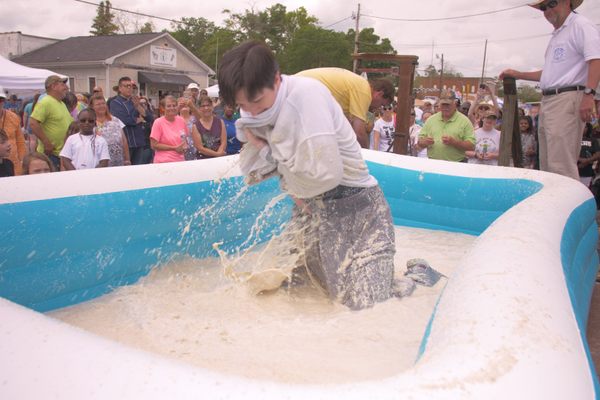










Follow us on Twitter to get the latest on the world's hidden wonders.
Like us on Facebook to get the latest on the world's hidden wonders.
Follow us on Twitter Like us on Facebook